Bridge of Dee.
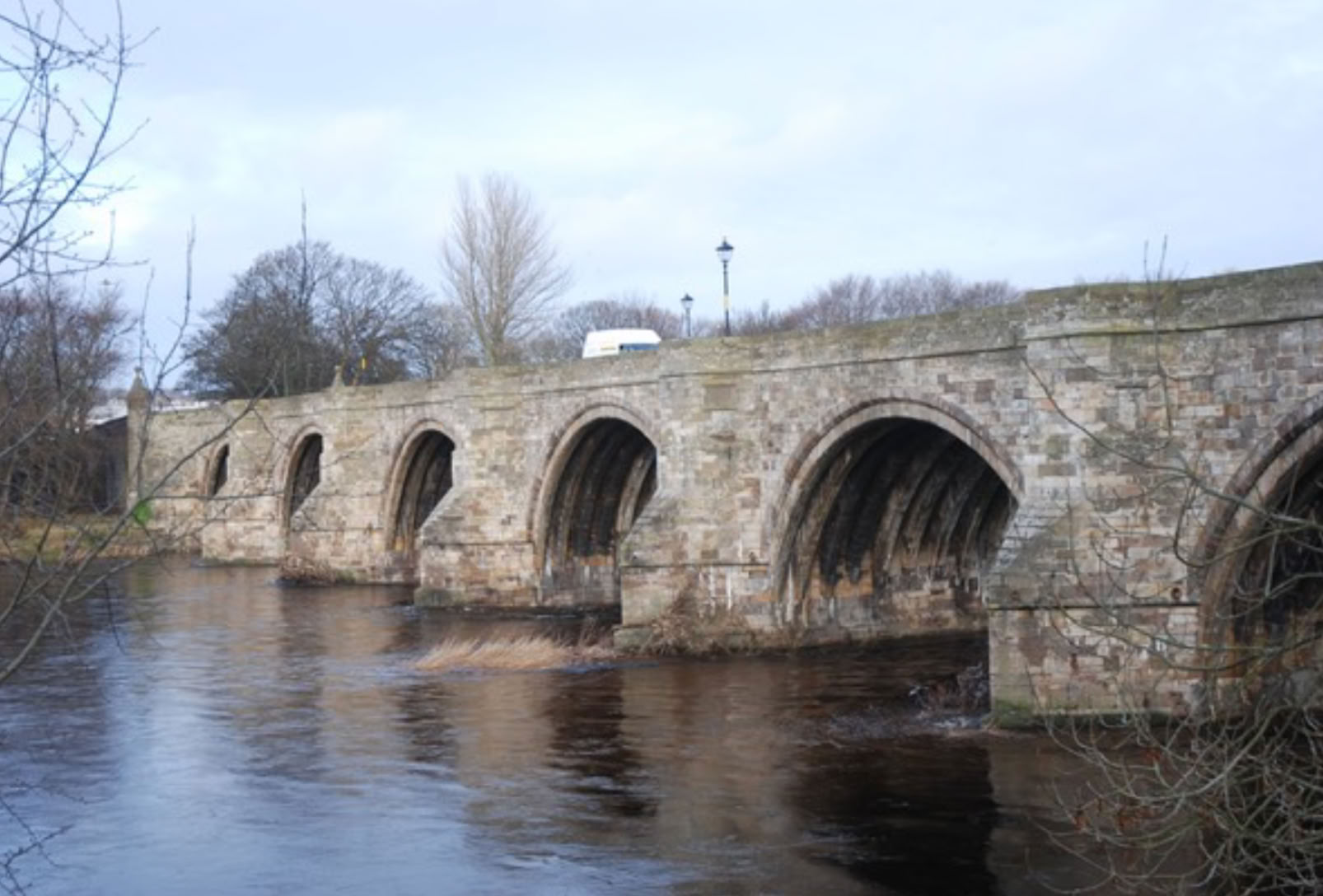
The first mention of the inconvenience of ferryboat crossings was made in 1448 by Aberdeen Council. Although there had been earlier bequests and proposals a bridge was not started until the 16th century when Bishop Elphinstone bequeathed £20,000 towards the project. By 1514, when the Bishop died, quarry stone had been acquired but no work had started. The stones came from Moray, and were transported to Aberdeen by sea coming up the river in small boats. His successor, Bishop Gordon, declined to take on the project, and it was left to the next in line, Bishop Gavin Dunbar, to take the building forward. Sadly, he too died before the bridge was completed which was around 1530. Thomas Franche was the master mason. Masons’ marks can be seen which are repeated in St.Machar’s Cathedral. The same team may have been deployed in the building of Inglismaldie Bridge in Angus.
In 1639, in the first battle of the Civil War, Aberdeen had been persuaded to take a Royalist stance. Forces under the command of Lord Aboyne occupied the Dee Bridge and came under attack from a Covenanter army led by Montrose and Marischal, approaching from the Causey Mounth. The defenders were overwhelmed, but the townsfolk were spared any consequences because, simultaneously, a treaty was concluded at Berwick which ended the hostilities. This was the 1st Bishops’ War, a prelude to general hostilities.
In 1719, the bridge was decaying. It was extensively repaired and restructured by the town council over a period of five years. In 1840, it was widened to 26 ft by John Smith, the city architect. The whole of the west face was carefully dismantled and re-erected; this included turrets, abutments, piers, parapets, spandrels and arch-stones. At each arch the original outer rib was re-used and four additional ribs were added to support the widened deck. Granite was used. The project was a model for bridge widening and an account was published in 1842.
Today, there are seven semicircular arches of approximately 50ft span with a rise of 18ft centrally and a level roadway. The original width is 14ft. There are nine ribs on each arch supporting transverse stone slabs. Voussoirs and ribs are all chamfered. The spandrels are in course granite ashlar, and the voussoirs are in very well dressed stone. Refuges rise above each cutwater. There is a heavy string course with a semi-coping at that level. There are splayed wing walls and buttresses with iron railings on the approaches which are in more modern ashlar almost certainly from the 19th-century.There are three flood arches are on the upstream northern end from the same period. Their outflow is a single channel 50yards downstream.The chapel and the gateway are long gone: demolished in the eighteenth century. Many carved stones bearing coats-of-arms and inscriptions with dates are built into the sides of the cut-waters between the arches. The oldest date is 1520 and the most recent is 1527, both on the west side of the bridge. The position of these dates shows that the bridge was begun at the south end and completed at the north. The bridge has a variety of coats of arms on it, among which is that of Bishop Elphinstone, Bishop Gavin Dunbar, and the City of Aberdeen. Those on the SW pillar are probably the oldest. The tooled letters on the sundial refer to Alexander Watson, Master of Bridge Works, 1719. There are inscriptions referring to the work of Bishop Elphinstone, Bishop Dunbar, the early 18th-century works and the 19th-century widening. Although the bridge was substantially rebuilt from 1719 onwards, so much effort and ingenuity have been directed to preservation of style that it has to be viewed as an early 16th-century structure.
The bridge is on Pont’s map (1600), Blaeu’s map (1640) and Roy’s map (1750)
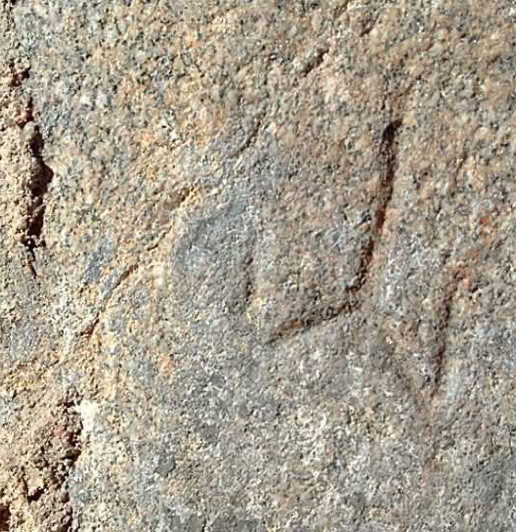
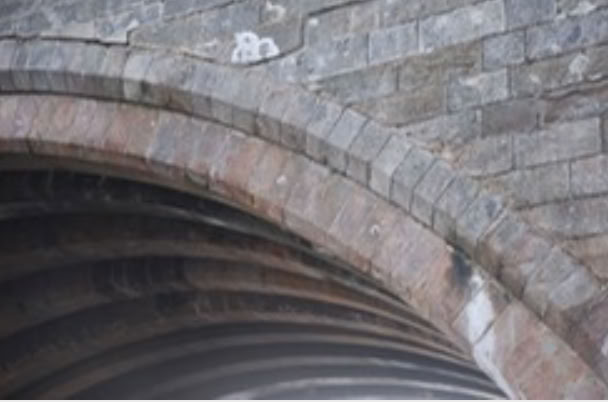
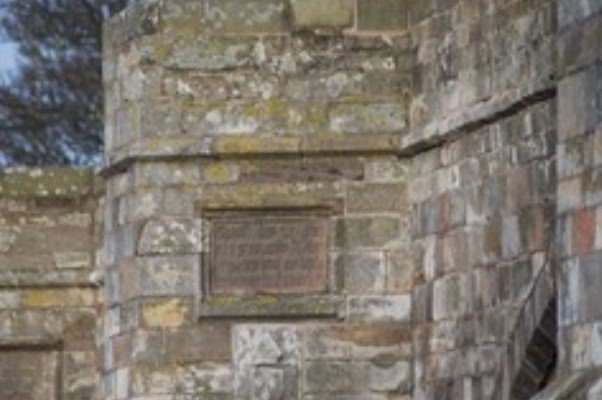
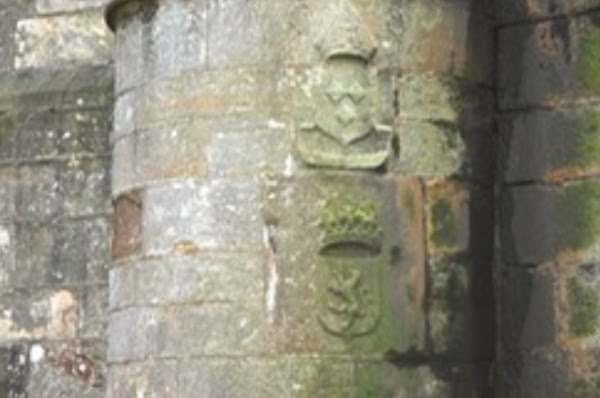
Page last updated Oct.2020